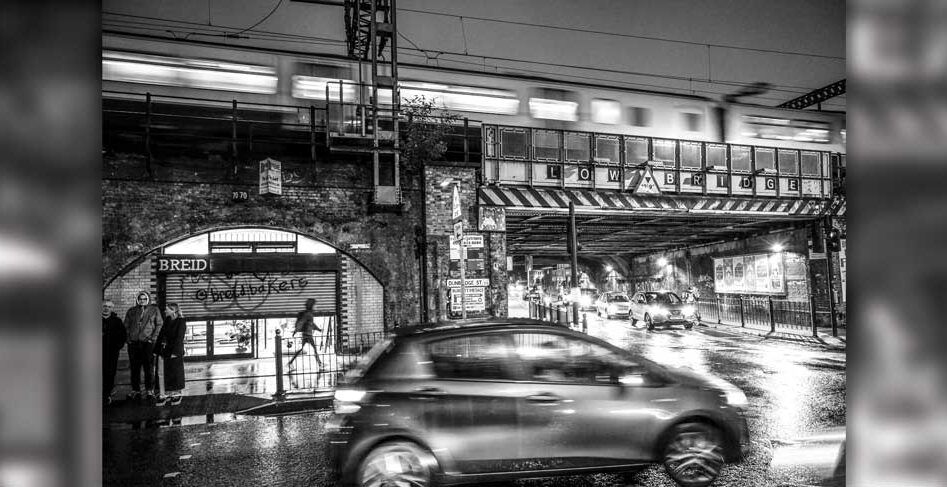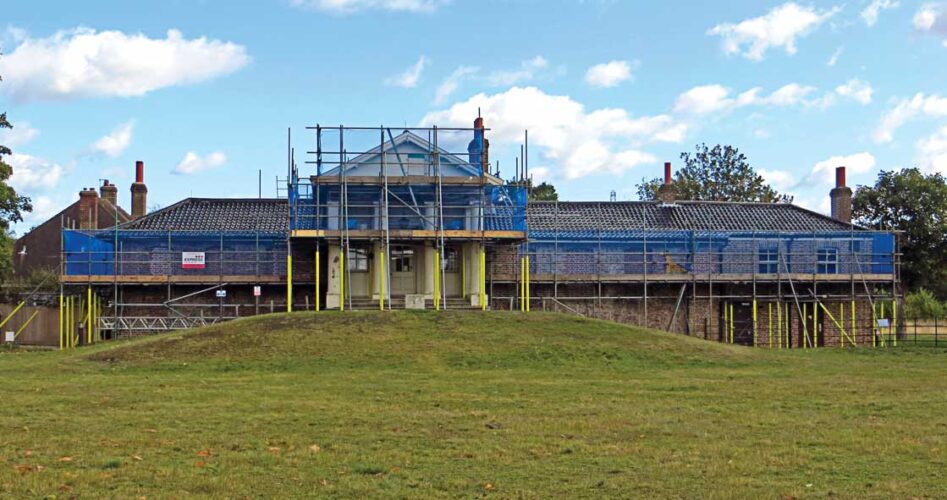At next month’s meeting of the Wanstead Historical Society, Mark Gorman and Peter Williams will explain how Wanstead Flats was used as a venue to spread political and religious messages
Take a fascinating journey through the history of the flats showing how this semi-regulated space became the base for the free expression of ideas, whether religious or political, at the end of the 19th century.
Some notable local characters from Leytonstone stand out. Bushwood, it turns out, was our local Speakers’ Corner. The talk will also discuss how the conservators, the City of London Corporation, sought to exercise control and some of the court cases that ensued.
Political and religious groups have long seen Wanstead Flats as a natural meeting place, as ‘public property’ for the use of the people. However, since the passing of the Epping Forest Act in 1878, the City of London, as ‘conservators’ responsible for managing the Flats as part of the wider forest, have tried to control and restrict such uses. This is the story of the struggle between these two differing views of Wanstead Flats.
Up to the mid-20th century, the main means of communicating political or religious messages was through mass meetings and processions with bands and banners. Often unable to afford (or banned from) meeting rooms and halls, radical political and religious groups sought out large open spaces for their gatherings. Wanstead Flats, located within easy reach of the London of earlier times, and since the late Victorian era surrounded by housing, was seen as an ideal meeting place.
Radical politics in Victorian times were dominated by one great issue: the vote. Even after the reform of Parliament in 1832, working people still had no say in running the country, and the vote was a key demand from the time of the Chartists through to the end of the century and beyond. At the same time, many people were seeking alternatives to the mainstream Anglican Church in an era of great religious fervour.
Religion and politics were often interwoven, and open-air meetings were a prime means of passing on radical political and religious messages. The unfenced ‘public spaces’ of Wanstead Flats were an obvious venue for both.
At the same time, Wanstead Flats had for many years prior to 1878 been a temporary home to travelling communities, above all to Gipsies, who, despite local disapproval (and sometimes harassment), were a familiar part of the local scene. We shall see how some members of this community were to become involved with the wave of religious enthusiasm of the Victorian era.













